Growing Flowering Crabapples: Learn About Louisa Crabapple Trees
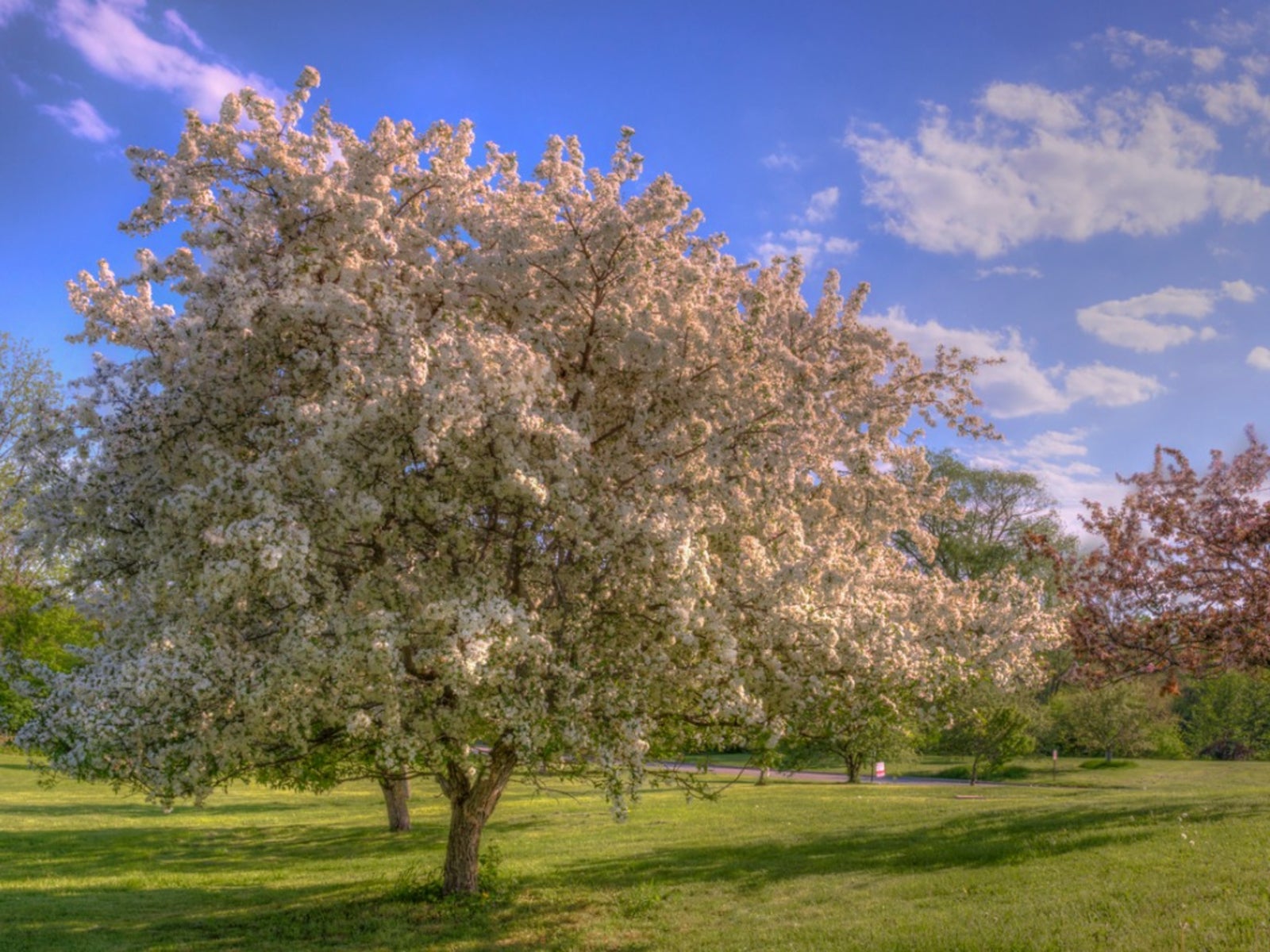

Louisa crabapple trees (Malus “Louisa”) make excellent choices for a variety of gardens. Even as far as zone 4, you can enjoy this pretty weeping ornamental and watch lovely, soft pink flowers bloom every spring.
Flowering Crabapples
Ornamental trees have an important place in the garden. While they may not offer much shade or any edible fruit, they do provide visual interest, early spring color, and an anchor for a bed or a certain part of the garden. Crabapples are popular as ornamentals because they are easy to grow, provide pretty flowers, and are small and well-suited to urban and suburban yards. Among the flowering and ornamental crabapples, the “Louisa” is wonderful choice. It is a weeping variety, which means the branches droop downward, adding a new and interesting form to a garden. Like all crabapples, growing Louisa crabapples is pretty straightforward. They tolerate a range of soil types as long as the soil drains, they like full sun, and they are relatively low maintenance. A Louisa crabapple tree will grow to only about 12 or 15 feet (4-5 m.) in height, so it remains small and compact. It produces showy, pale pink flowers in the spring and beautiful yellow-red fruit in the fall. The branches cascade toward the ground, producing a deep umbrella form.
How to Grow a Louisa Crabapple
Weeping crabapple care begins with find the right spot for your tree that will provide the best conditions. The Louisa prefers full sun, a medium amount of water, and soil that drains well. Look for a spot that is sunny, but don’t worry about the soil type. This tree tolerates all kinds of soil and will even tolerate drought. Just don’t let its roots get soggy. Louisa crabapples are pretty low maintenance once you get them established but pruning in late winter may be necessary to keep the shape. Without pruning, the branches can drape all the way to the ground and more. You only really need to prune if you want to shape your tree or limit the length of the weeping branches. Like other crabapples, the Louisa trees are susceptible to some diseases. Watch for early signs of leaf spot, powdery mildew, scab, and fire blight. Louisa is more resistant to diseases than some other varieties. To further limit the possibility of your tree developing a disease, avoid using high-nitrogen fertilizers. Growing Louisa crabapples is not difficult, and the rewards are great. You get a pretty, weeping tree with pink flowers in spring and fall color and fruit in the autumn. As an ornamental, you can’t go wrong with Louisa.
Gardening tips, videos, info and more delivered right to your inbox!
Sign up for the Gardening Know How newsletter today and receive a free copy of our e-book "How to Grow Delicious Tomatoes".

Mary Ellen Ellis has been gardening for over 20 years. With degrees in Chemistry and Biology, Mary Ellen's specialties are flowers, native plants, and herbs.
-
 Looking For Plants To Give You The Soft And Fuzzies? Try These 5 Fuzzy Leaf Plant Options
Looking For Plants To Give You The Soft And Fuzzies? Try These 5 Fuzzy Leaf Plant OptionsLovers of texture, drama, silver foliage and tactile plants will adore these special sensory garden additions. These fuzzy leaf plant options will leave you all aglow
By Susan Albert
-
 Get Ready For A Summer Of Hummers! Grow These Full Sun Hummingbird Plants and Flowers
Get Ready For A Summer Of Hummers! Grow These Full Sun Hummingbird Plants and FlowersIf you’re lucky enough to enjoy a sunny backyard, make sure you are maxing out on your pollinator opportunities and grow these full sun hummingbird plants and flowers
By Tonya Barnett
-
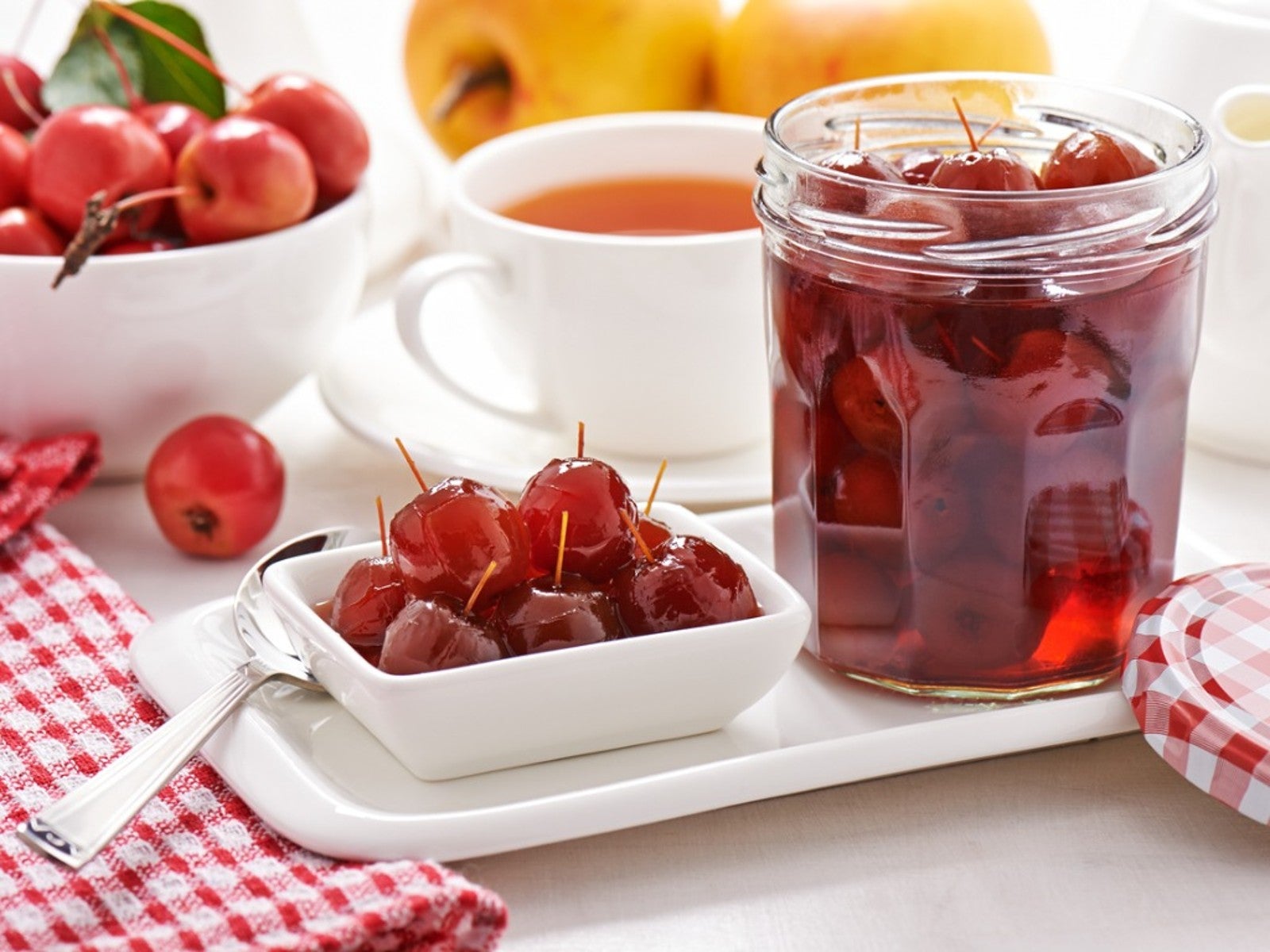 Crabapples Recipe Ideas To Add To Your Thanksgiving Menu
Crabapples Recipe Ideas To Add To Your Thanksgiving MenuCrabapple preserves make a delightfully tart treat. Learn here how to make a simple crabapple jelly.
By Bonnie L. Grant
-
 Weeping Crabapple Pruning – Tips For Trimming A Weeping Crabapple
Weeping Crabapple Pruning – Tips For Trimming A Weeping CrabappleTrimming a weeping crabapple is essential to keeping it healthy and blooming. If you are wondering how to prune a weeping crabapple, read on for info and tips.
By Teo Spengler
-
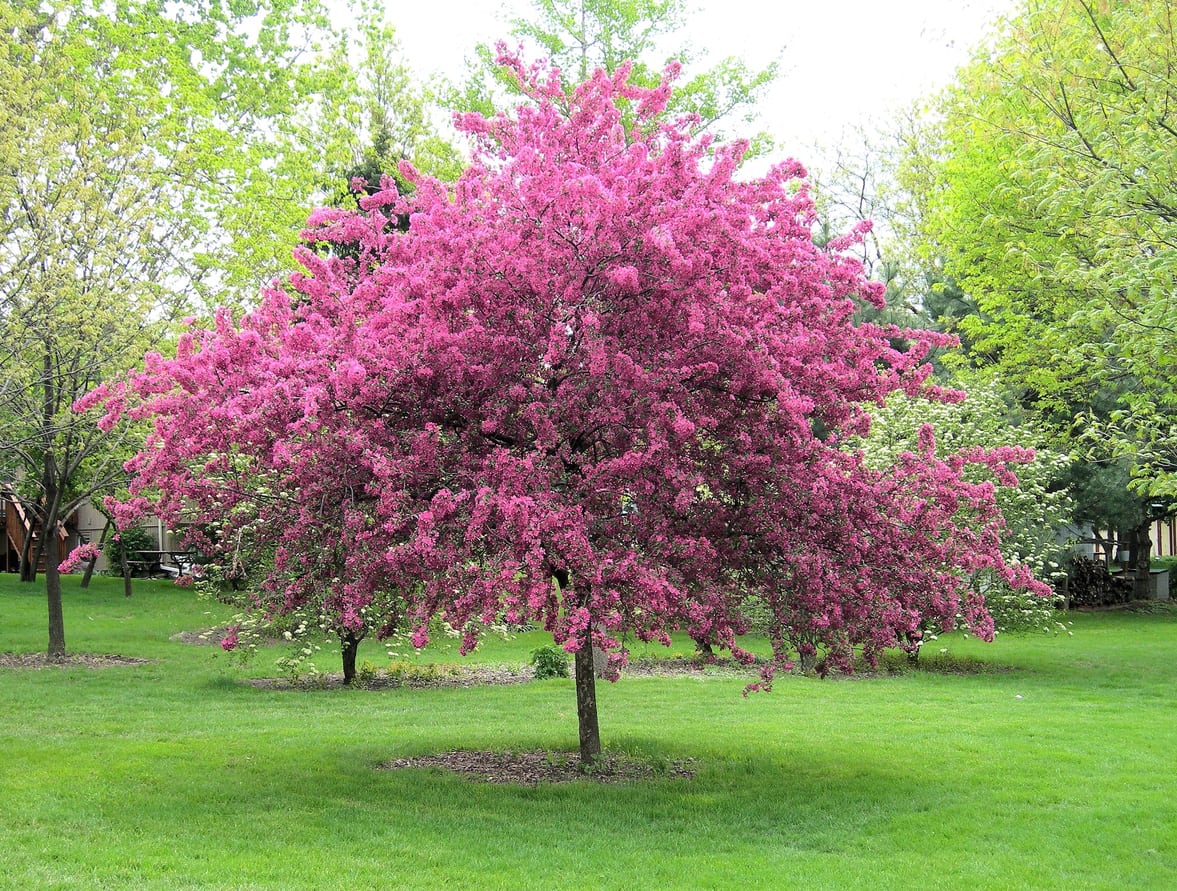 Crabapple Feeding Requirements: Learn How To Fertilize A Crabapple Tree
Crabapple Feeding Requirements: Learn How To Fertilize A Crabapple TreeFlowering crabapple is a popular ornamental tree that many people choose for landscaping for the attractive shape, spring flowers, and low-maintenance needs. Despite its hands-off nature, feeding a crabapple may be necessary to promote growth and health. Learn more here.
By Mary Ellen Ellis
-
Ralph Shay Crabapple Care: Growing A Ralph Shay Crabapple Tree
Ralph Shay crabapple trees are mid-sized trees with dark green leaves and an attractive rounded shape. These crabapples are on the large side and are suitable for growing in USDA plant hardiness zones 4 through 8. Click this article to learn more about them.
By Mary H. Dyer
-
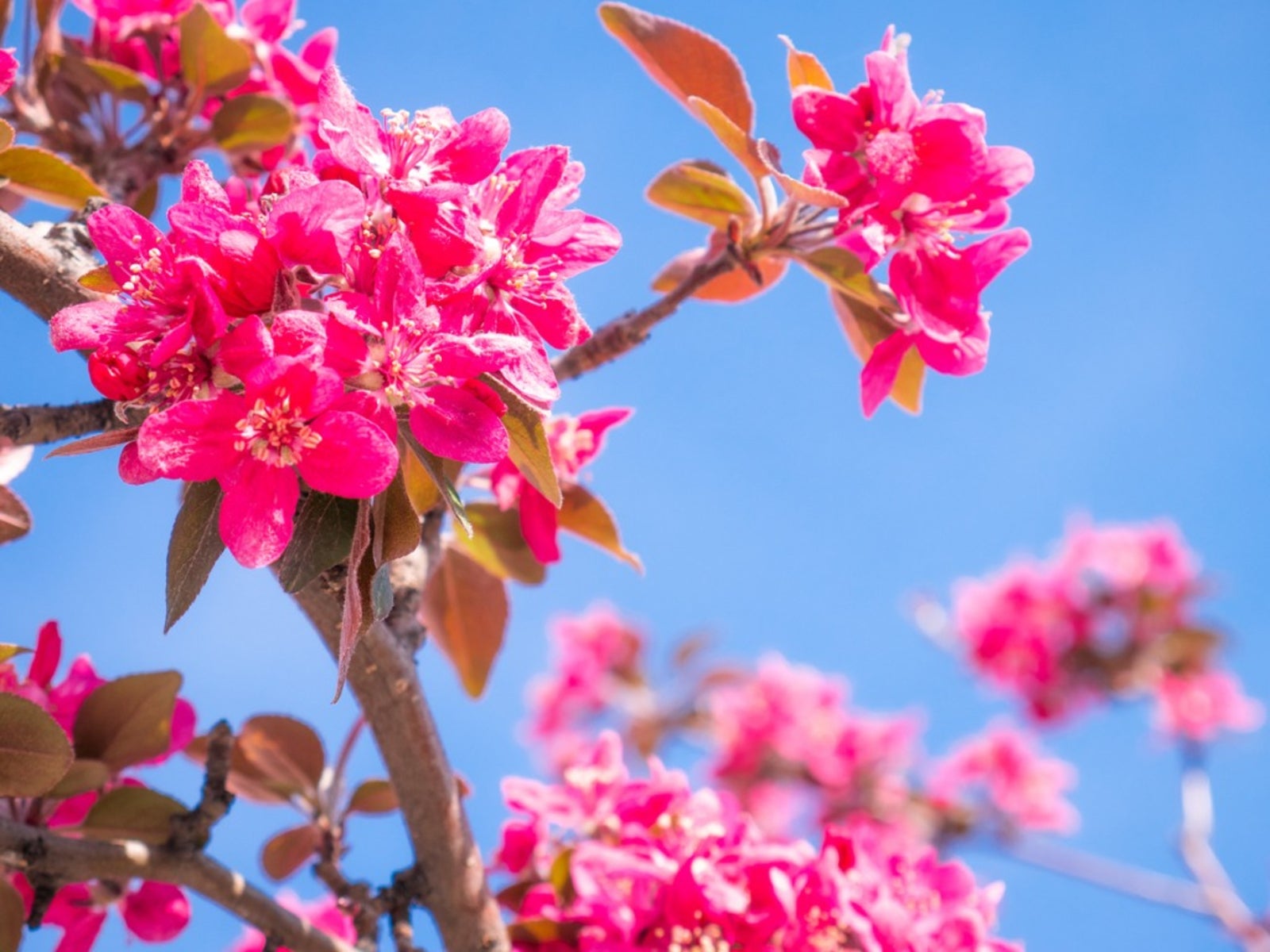 Royal Raindrops Crabapples – Learn About Growing A Royal Raindrops Tree
Royal Raindrops Crabapples – Learn About Growing A Royal Raindrops TreeRoyal Raindrops flowering crabapple is a newer crabapple variety with bold pinkish-red flowers in spring and dark green leaves that turn a bright coppery red in autumn. Interested in growing a royal raindrops tree in your garden? Click here for more information.
By Mary H. Dyer
-
Adams Crabapple As A Pollinizer: Tips For Growing An Adams Crabapple Tree
Beautiful the tree may be, but there is another important reason for growing an Adams crabapple; it is a great choice for pollinating other varieties of apple. Click here to find out how to grow an Adams crabapple and information about Adams crabapple care.
By Amy Grant
-
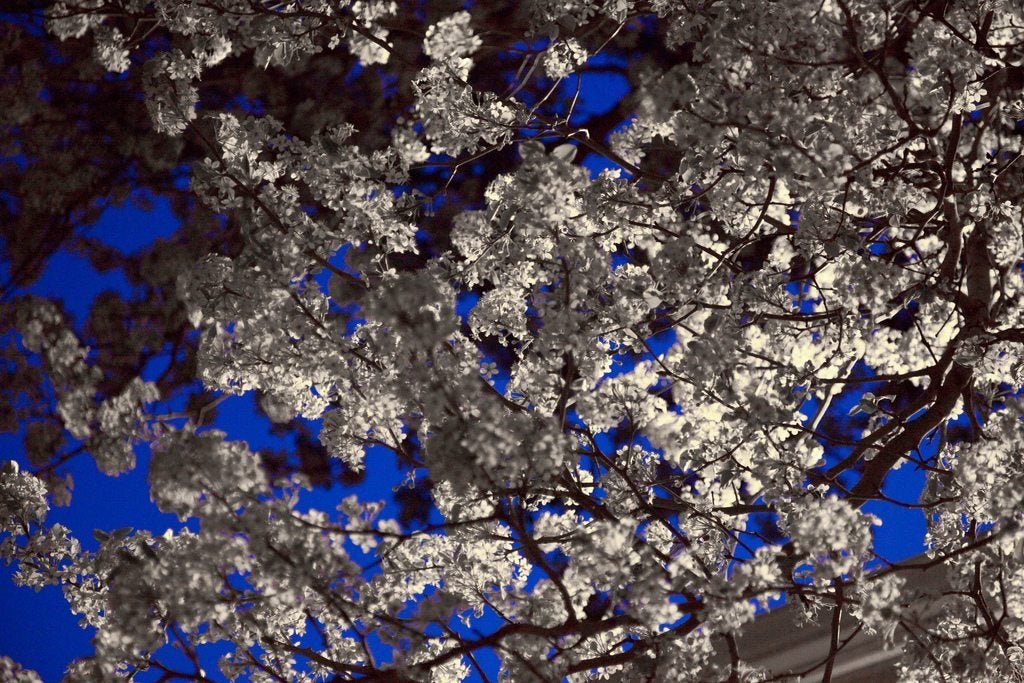 Spring Snow Crabapple Care: How To Grow A Spring Snow Crabapple Tree
Spring Snow Crabapple Care: How To Grow A Spring Snow Crabapple TreeIf you are looking for a fruitless crabapple tree, you might want to think about growing "Spring Snow" crabapples. Click on the article that follows for tips on how to grow a "Spring Snow" crabapple and other information.
By Teo Spengler
-
Camzam Apple Info: Learn About Camelot Crabapple Trees
Even if you lack a large garden space, you can still grow one of the many dwarf fruit trees such as the Camelot crabapple tree. Find out how to grow a Camelot crabapple and other Camzam apple info related to Camelot crabapple care in this article.
By Amy Grant